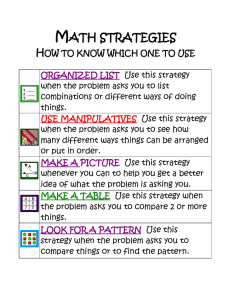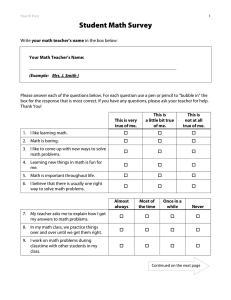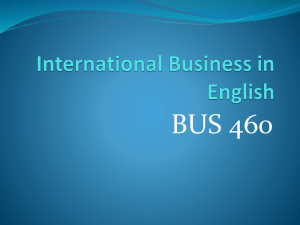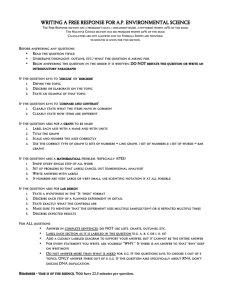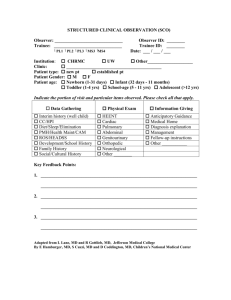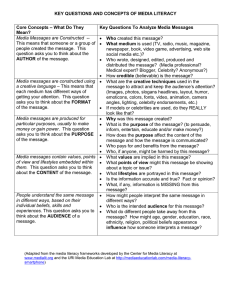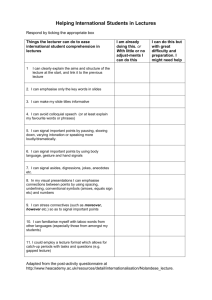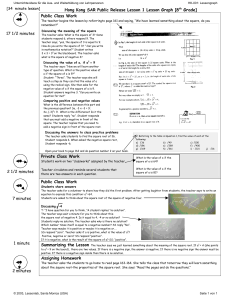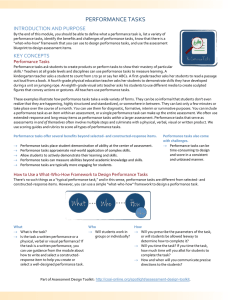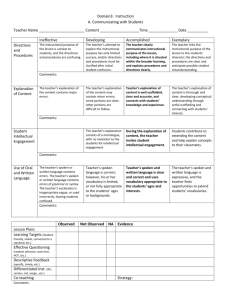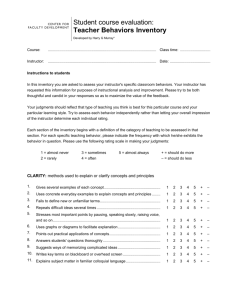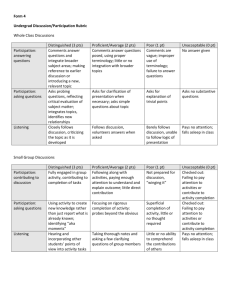effective lectures information sheet
advertisement
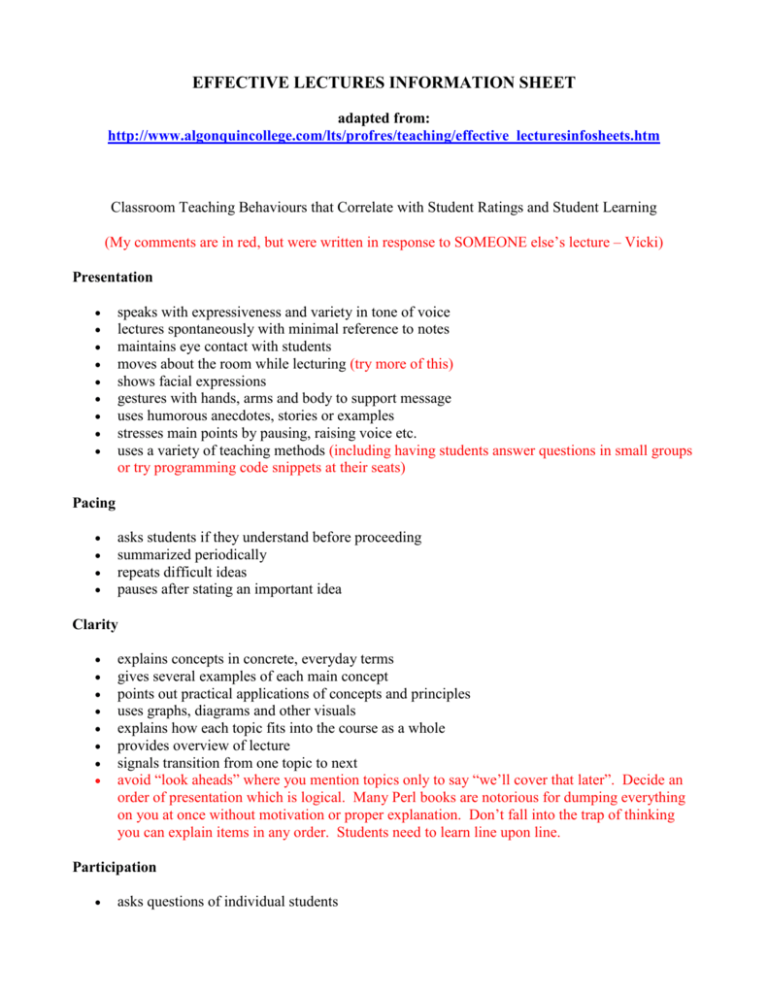
EFFECTIVE LECTURES INFORMATION SHEET adapted from: http://www.algonquincollege.com/lts/profres/teaching/effective_lecturesinfosheets.htm Classroom Teaching Behaviours that Correlate with Student Ratings and Student Learning (My comments are in red, but were written in response to SOMEONE else’s lecture – Vicki) Presentation speaks with expressiveness and variety in tone of voice lectures spontaneously with minimal reference to notes maintains eye contact with students moves about the room while lecturing (try more of this) shows facial expressions gestures with hands, arms and body to support message uses humorous anecdotes, stories or examples stresses main points by pausing, raising voice etc. uses a variety of teaching methods (including having students answer questions in small groups or try programming code snippets at their seats) Pacing asks students if they understand before proceeding summarized periodically repeats difficult ideas pauses after stating an important idea Clarity explains concepts in concrete, everyday terms gives several examples of each main concept points out practical applications of concepts and principles uses graphs, diagrams and other visuals explains how each topic fits into the course as a whole provides overview of lecture signals transition from one topic to next avoid “look aheads” where you mention topics only to say “we’ll cover that later”. Decide an order of presentation which is logical. Many Perl books are notorious for dumping everything on you at once without motivation or proper explanation. Don’t fall into the trap of thinking you can explain items in any order. Students need to learn line upon line. Participation asks questions of individual students asks questions of class as whole encourages students to question and contribute – get class involved calls students by name – this is really important in establishing rapport recognizes student contributions and incorporates them into lecture use questions both to help students learn and to assess what you need to say to make the learning clearer talks with students before and after class Collected from research completed at the University of Western Ontario. Key Phrases Worth Noting 1. "My objective is...." 2. "The major point I want to make is..." 3. "I stress this point..." 4. "When you say.... what do you mean?" 5. "Let me clarify that...." 6. "I’m glad you asked that question...." 7. "Perhaps I didn’t get my point across..." 8. "Let me rephrase that..." 9. "Did I answer the right question?" 10. "Unfortunately, it isn’t that simple..." 11. "In summary, what we have here is...." 12. "Thanks for sharing...." 13. "Your point is well taken.. Let’s take this one step further " 14. "What can you add to....." 15. "How can you see this applied to...." 16. "Why do you think that is so?" or "How would you explain that to someone who feels quite the opposite?"
